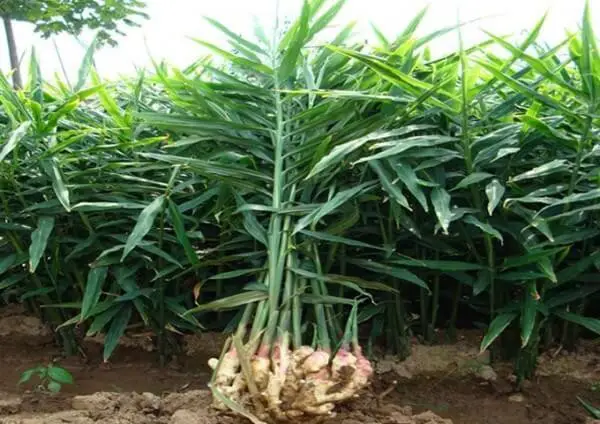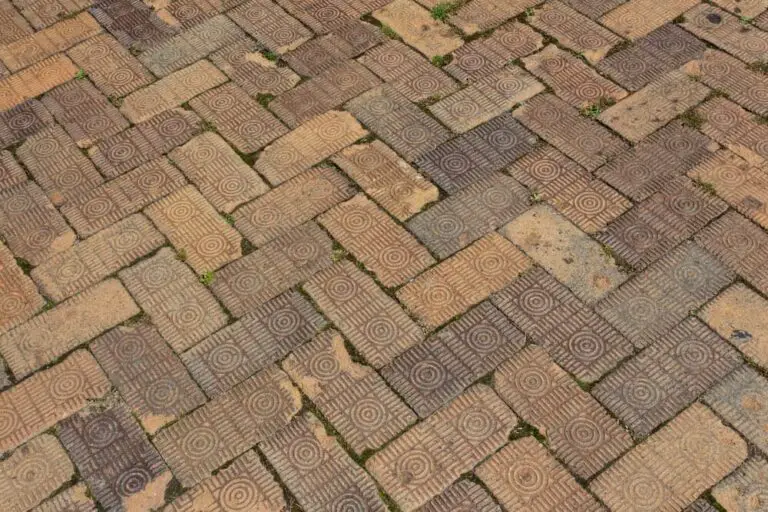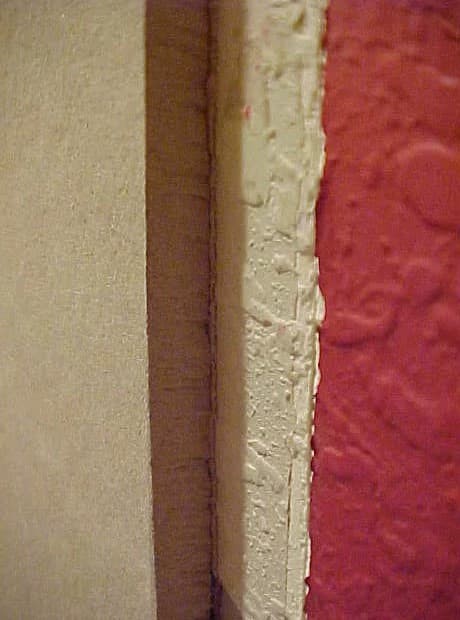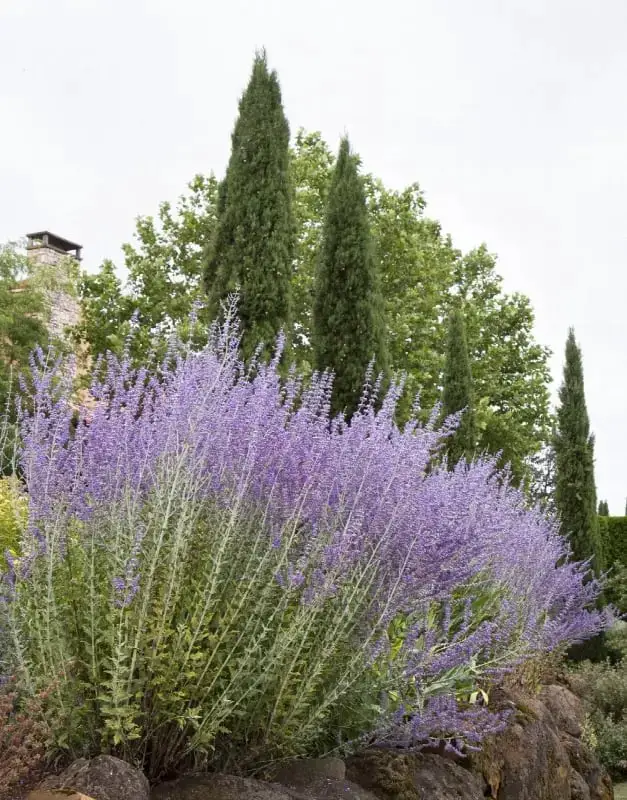17+ Creative Cinder Block Outdoor Ideas
When it comes to building a home garden, cinder blocks are an incredibly versatile material. Their sturdiness and ability to create effective barriers make them an ideal choice for many projects. If you’re wondering how to repurpose leftover cinder blocks, we’ve got some creative ideas to get you started. Whether you’re looking to create a simple potting table or a more elaborate raised garden bed, cinder blocks can help bring your vision to life.
We’ll explore 17 unique ways to use cinder blocks in your home garden, from planters and borders to benches and even a dining table. From the pros and cons of using cinder block raised beds to some common questions about their safety and feasibility for growing certain crops, we’ll cover it all. So, if you’re ready to get creative and take your gardening game to the next level, let’s dive in!
Simple Cinder Block Potting Table

When it comes to creating a DIY potting table, consider repurposing cinder blocks as the foundation. By placing planks of wood through the block’s holes, you can elevate the surface to your preferred height. For added stability and a larger workspace, it’s suggested that you arrange six cinder blocks in a formation, with two blocks at each end and two in the middle. This configuration provides a sturdy base for your table, allowing you to comfortably tend to your plants.
Raised Garden Bed Using Cinder Blocks

When it comes to creating garden beds, cinder blocks can serve as a versatile solution. One benefit is that they allow you to elevate the bed without encroaching on your lawn. This is particularly useful if you’re cultivating plants that don’t thrive in the existing soil conditions or if you want to prevent cross-contamination of soil types. By placing the blocks below ground level, you can create a barrier between your garden and surrounding area, ensuring a healthy growing environment.
Additionally, cinder blocks can be used on porches or terraces to support kitchen gardens, providing a unique opportunity to grow fresh produce in unexpected spaces.
DIY Cinder Block Planter
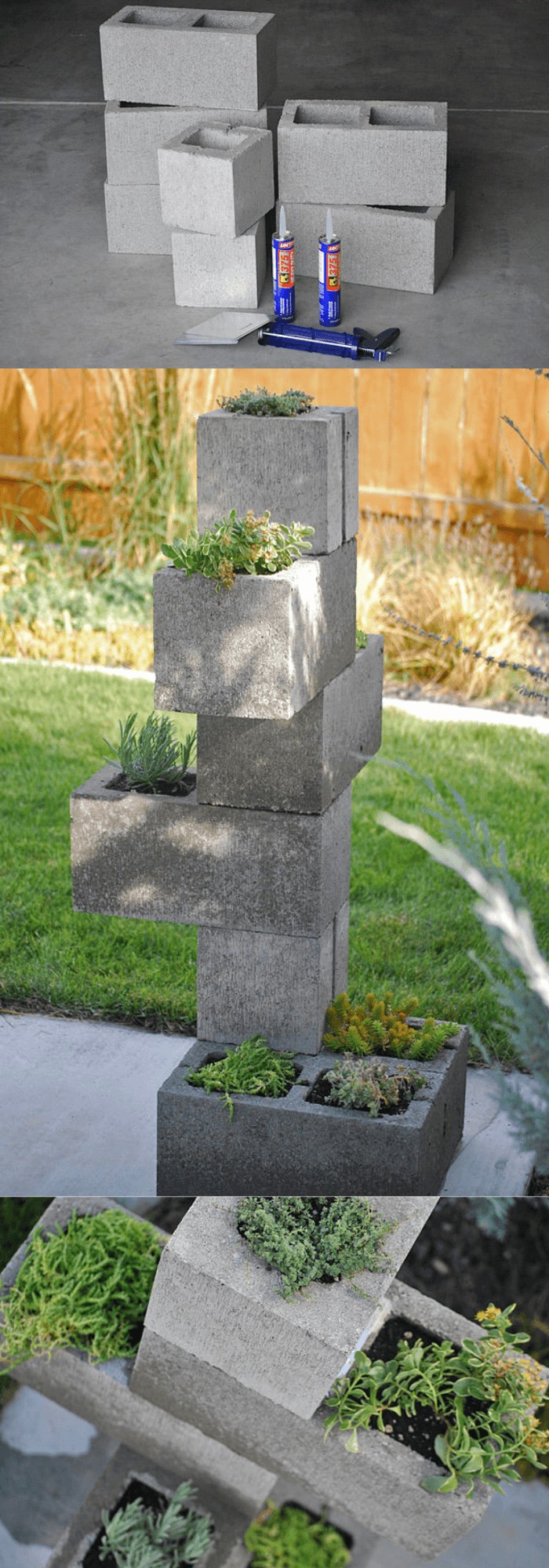
Cinder blocks not only provide structural support for your garden beds but also offer a creative outlet for repurposing them as planters. With just a few simple materials – plastic sheeting, garden soil, and seedlings – you can transform these blocks into mini-gardens. Begin by lining the interior of each block with plastic, leaving enough room to fill the space with soil up to three-quarters full. Then, transplant your chosen seedlings into the soil, add some water, and voilà!
You’ll have a unique and functional planter that can be arranged in various ways to grow a diverse range of plants.
Building Concrete Block Raised Garden Bed

DIY Concrete Vases

To create a unique and personalized decorative piece, consider crafting a concrete vase using rapid setting cement, plastic containers of varying sizes, cooking spray, and a mixing bucket. The process begins by mixing the cement according to the manufacturer’s instructions. Next, apply a thin layer of cooking spray to the interior walls of the larger container, ensuring it is thoroughly coated.
Pour a portion of the cement mixture into the larger container to form the foundation, followed by placement of the smaller container onto this base. Spray the exterior of the small container and fill in around it with cement until you achieve your desired height. Allow the mixture to set and harden completely before separating the containers. With these simple steps, you’ll have a one-of-a-kind concrete vase ready for your next plant or decorative arrangement.
Concrete block raised bed with eggplants and marigolds

DIY Succulent Outdoor Bench

When it comes to upcycling, using cinder blocks to create outdoor benches is a unique and creative approach that’s surprisingly similar to making a potting table. The process begins by laying down the foundation of your bench, which consists of placing several cinder blocks on the ground. From there, you can add a plank on top, serving as the seating surface. But what really takes this DIY project to the next level is incorporating your existing cinder block planters as armrests.
The result is not only a functional outdoor bench but also a visually appealing one that showcases your succulents in all their glory.
Simple Cinder Block Outdoor Bench

Cinder block raised beds for herb garden

How to make a cinder block bench for less than $30

Stenciled Cinder block Pool Umbrella Weight and Planter

Gopher-proof raised garden bed

Using cinder blocks for planters and border

Mosaic cinder block planters

Cinder block dining table

Cinder block fire pit

Cinder block waterfall
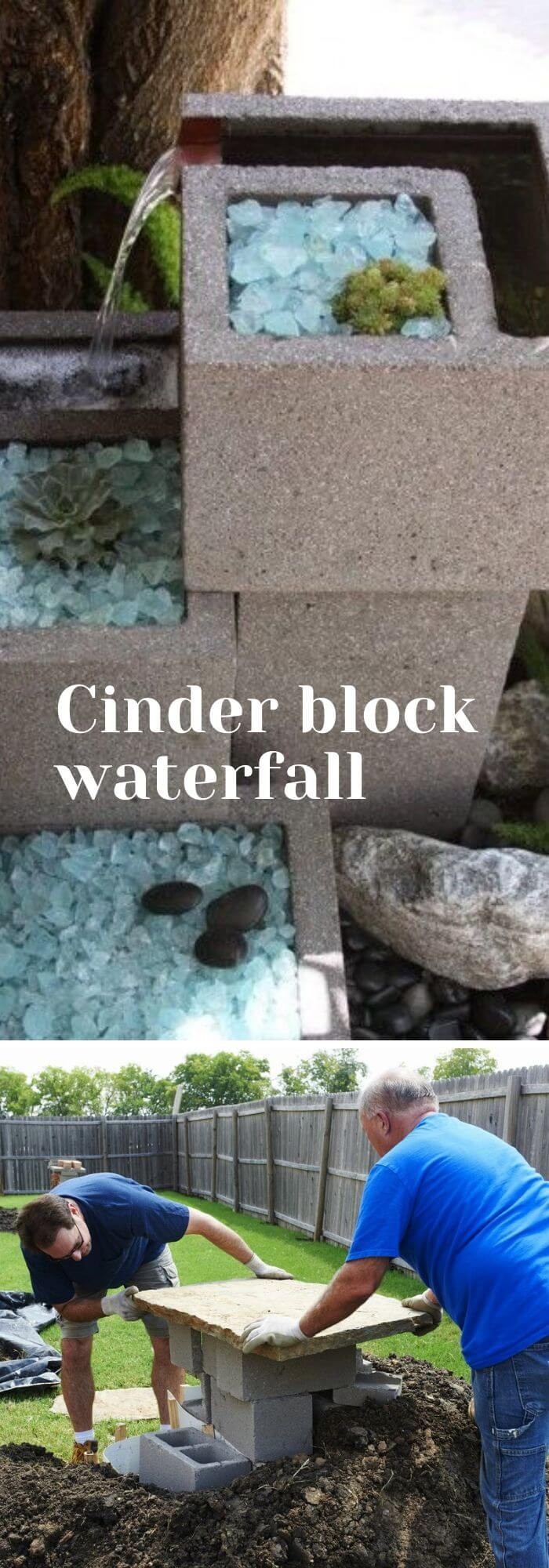
Pros and cons of cinder block raised beds
Cinder blocks, once touted as a solid foundation for raised garden beds, have some drawbacks that should be considered. For one, their prolonged use can lead to indentations on the surface where they’re placed. When used in the yard, cinder blocks can also impede lawn growth and leave unsightly yellow patches when removed.
Moreover, their porosity means they can allow seepage of potentially harmful fertilizer to the surrounding area, posing a concern for gardeners seeking to create a healthy and thriving ecosystem.
Are cinder blocks safe for raised beds?
When it comes to building the foundation for your raised beds, cinder blocks offer a unique combination of safety and versatility. Not only do they provide a stable base, but their portability also enables you to craft custom layouts that suit your garden’s specific needs.
Can you grow tomatoes in cinder blocks?
Cinder blocks offer a versatile growing solution for a range of plants, including tomatoes. The blocks’ spacious interior allows roots to develop freely, fostering healthy growth. Additionally, their unique porosity ensures excess water drains away quickly, minimizing the risk of waterlogged soil and root rot.
How much does a cinder block cost?
While versatility is one of the defining characteristics of cinder blocks, what may surprise some is the wide range of materials from which they can be made, as well as their varying shapes and sizes. Furthermore, the disparity in pricing between these options is relatively modest. In fact, a standard 2X4 cinder block can often be had for a mere $1, making them an accessible and affordable option for many projects.
Conclusion
Versatility is one of the defining characteristics of cinder blocks, making them an attractive option for homeowners looking to add a personal touch to their living space without breaking the bank. By exploring the various creative uses outlined earlier, you can breathe new life into your home’s interior and exterior design, transforming it into a unique reflection of your personality.
Related Posts
When it comes to precision woodworking, having the right tools can make all the difference. Among these essential items are dowel jigs, which provide unparalleled accuracy and efficiency in various woodwork projects. To help you find the perfect jig for your needs, we’ve compiled a list of the top 12 dowel jigs that experts swear by in 2024. From novice woodworkers to seasoned professionals, this selection offers something for everyone looking to take their craft to the next level.

